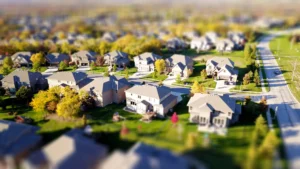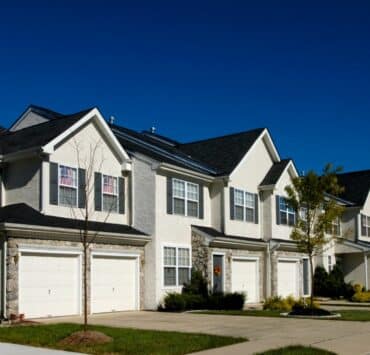California Housing Supply Crisis: A Closer Look at the State’s Home-Building Challenges

What’s Going On with California Housing Supply?
California is in a tight spot with its homes. Imagine trying to find enough chairs for a huge party, but you don’t have enough. That’s California with houses right now. They need about 180,000 new houses each year to keep everyone comfy, but they’re only managing about half of that. It’s like they’re playing musical chairs with homes. And even though fewer people live in California now (about 800,000 less), the problem hasn’t gotten any easier.

Why Is It So Hard to Build More Houses?
Building houses isn’t just about stacking bricks. In California, it’s like a tricky recipe. First, the land is super expensive and there’s not much of it ready for building. Then, finding people who know how to build houses (and will do it for a reasonable price) is tough. Plus, getting all the stuff you need, like wood and pipes, is harder than it used to be, thanks to COVID messing up how things get shipped around the world.

The House-Building Puzzle in California
In their quest to solve the housing crisis, California is leaning towards more apartment complexes, not as much on the single-family homes that are in high demand. Imagine a scenario where everyone’s craving pizza, but you only have sandwiches to offer. That’s the current state of house-building there. Despite the increase in these new structures, the supply of available apartments and homes doesn’t meet the demand.

Crafting a Solution for Housing
The key isn’t just to ramp up housing construction; it’s to construct the right variety. California’s strategy should be a blend, creating both apartment blocks and individual homes, catering to a broader range of housing needs and preferences. It’s crucial to continue streamlining the building process while also paying attention to the type of housing that people need and can realistically afford.

So, What’s Next for California Housing Supply?
The California housing supply crisis requires a multifaceted approach that addresses both the quantity and the type of housing units. They need to keep building houses but also think about what kinds of houses people actually want and can pay for. It’s like planning a big meal where you need enough food, but also the right kinds of food for everyone. If they get it right, more people will have a place to call home in California.








